Augmented reality with Unity AR Foundation
Jonathan Linowes
A practical guide to cross-platform AR development with Unity 2020 and later versions.
On Amazon | On Packt | Published 2021
Augmented reality applications allow people to interact meaningfully with the real world through digitally enhanced content.
The book starts by helping you set up for AR development, installing the Unity 3D game engine, required packages, and other tools to develop for Android (ARCore) and/or iOS (ARKit) mobile devices. Then we jump right into the building and running AR scenes, learning about AR Foundation components, other Unity features, C# coding, troubleshooting, and testing. We create a framework for building AR applications that manages user interaction modes, user interface panels, and AR onboarding graphics that you will save as a template for reuse in other projects in this book. Using this framework, you will build multiple projects, starting with a virtual photo gallery that lets you place your favorite framed photos on your real-world walls, and interactively edit these virtual objects. Other projects include an educational image tracking app for exploring the solar system, and a fun selfie app to put masks and accessories on your face. The book provides practical advice and best practices that will have you up and running quickly.
By the end of this AR book, you will be able to build your own AR applications, engaging your users in new and innovative ways.
unity 2020 virtual reality projects, Third edition
Jonathan Linowes
Learn VR development by building immersive applications and games with Unity 2019.4 and later versions
On Amazon | On Packt | Published 2020 / 2018 / 2015
This third edition of the Unity Virtual Reality (VR) development guide is updated to cover the latest features of Unity 2019.4 or later versions - the leading platform for building VR games, applications, and immersive experiences for contemporary VR devices.
Enhanced with more focus on growing components, such as Universal Render Pipeline (URP), extended reality (XR) plugins, the XR Interaction Toolkit package, and the latest VR devices, this edition will help you to get up to date with the current state of VR. With its practical and project-based approach, this book covers the specifics of virtual reality development in Unity. You'll learn how to build VR apps that can be experienced with modern devices from Oculus, VIVE, and others. This virtual reality book presents lighting and rendering strategies to help you build cutting-edge graphics, and explains URP and rendering concepts that will enable you to achieve realism for your apps. You'll build real-world VR experiences using world space user interface canvases, locomotion and teleportation, 360-degree media, and timeline animation, as well as learn about important VR development concepts, best practices, and performance optimization and user experience strategies.
By the end of this Unity book, you'll be fully equipped to use Unity to develop rich, interactive virtual reality experiences.
augmented reality for developers
Jonathan Linowes and Krystian Babilinski
Build exciting AR applications on mobile and wearable devices with Unity 3D, Vuforia, HoloLens, ARKit and ARCore. A project-based, tutorial approach.
On Amazon | On Packt | Published 2017
The book opens with an introduction to Augmented Reality, including markets, technologies, and development tools. You will begin by setting up your development machine for Android, iOS, and Windows development, learning the basics of using Unity and the Vuforia AR platform as well as the open source ARToolKit and Microsoft Mixed Reality Toolkit. You will also receive an introduction to Apple's ARKit and Google's ARCore! You will then focus on building AR applications, exploring a variety of recognition targeting methods. You will go through multiple complete projects illustrating key market sectors including business marketing, education, industrial training, and gaming.
cardboard vr projects for android
Jonathan Linowes and Matt Schoen
Develop mobile virtual reality apps using the native Google VR SDK for Daydream and Cardboard on Android
On Amazon | On Packt | Published 2016
In this book, we begin by defining virtual reality (VR) and how Google Cardboard fits into the larger VR and Android ecosystem. We introduce the underlying scientific and technical principles behind VR, including geometry, optics, rendering, and mobile software architecture. We start with a simple example app that ensures your environment is properly set up to write, build, and run the app. Then we develop a reusable VR graphics engine that you can build upon. And from then on, each chapter is a self-contained project where you will build an example from a different genre of application, including a 360 degree photo viewer, an educational simulation of our solar system, a 3D model viewer, and a music visualizer. See Technical Notes from Packtpub.com for updates for Daydream API.





